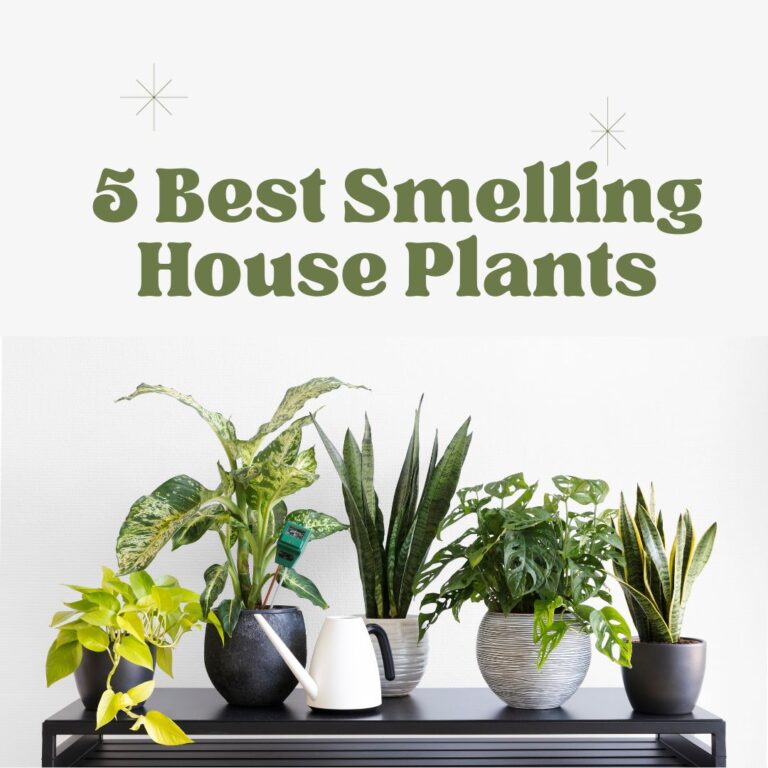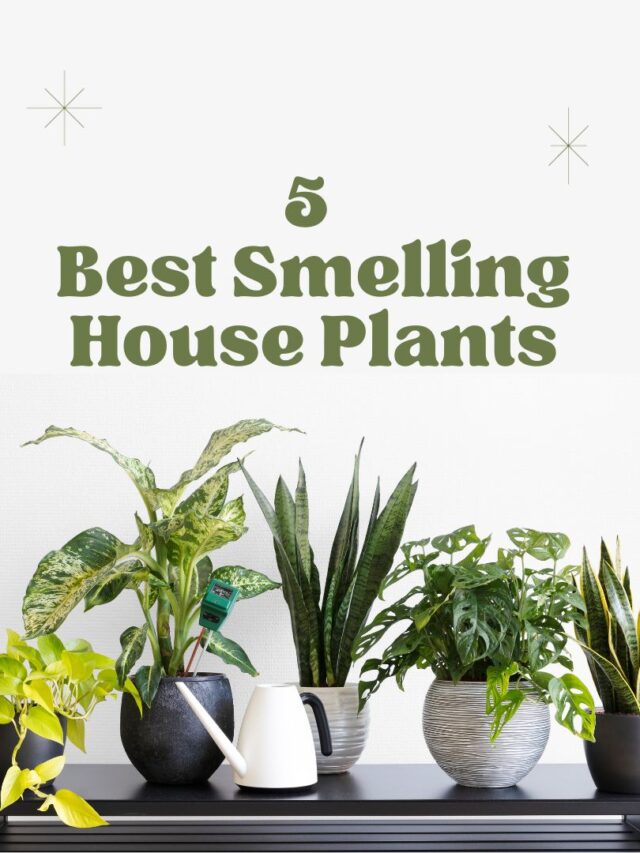5 Best Smelling House Plants: Imagine coming home after a long day, and as soon as you step inside, you’re greeted with a delightful fragrance that instantly relaxes you. This can be a reality with the right houseplants. Not only do they enhance the aesthetic appeal of your home, but they also purify the air and infuse it with captivating scents.
Your home may be transformed into a fragrant haven with the help of these 5 best smelling house plants, and they require very little maintenance.
Lilly of the Valley (Convallaria majalis)
Lilly of the Valley is a small, delicate plant known for its enchanting, sweet fragrance. Its dainty, bell-shaped white flowers release a captivating aroma that is often associated with the arrival of spring.
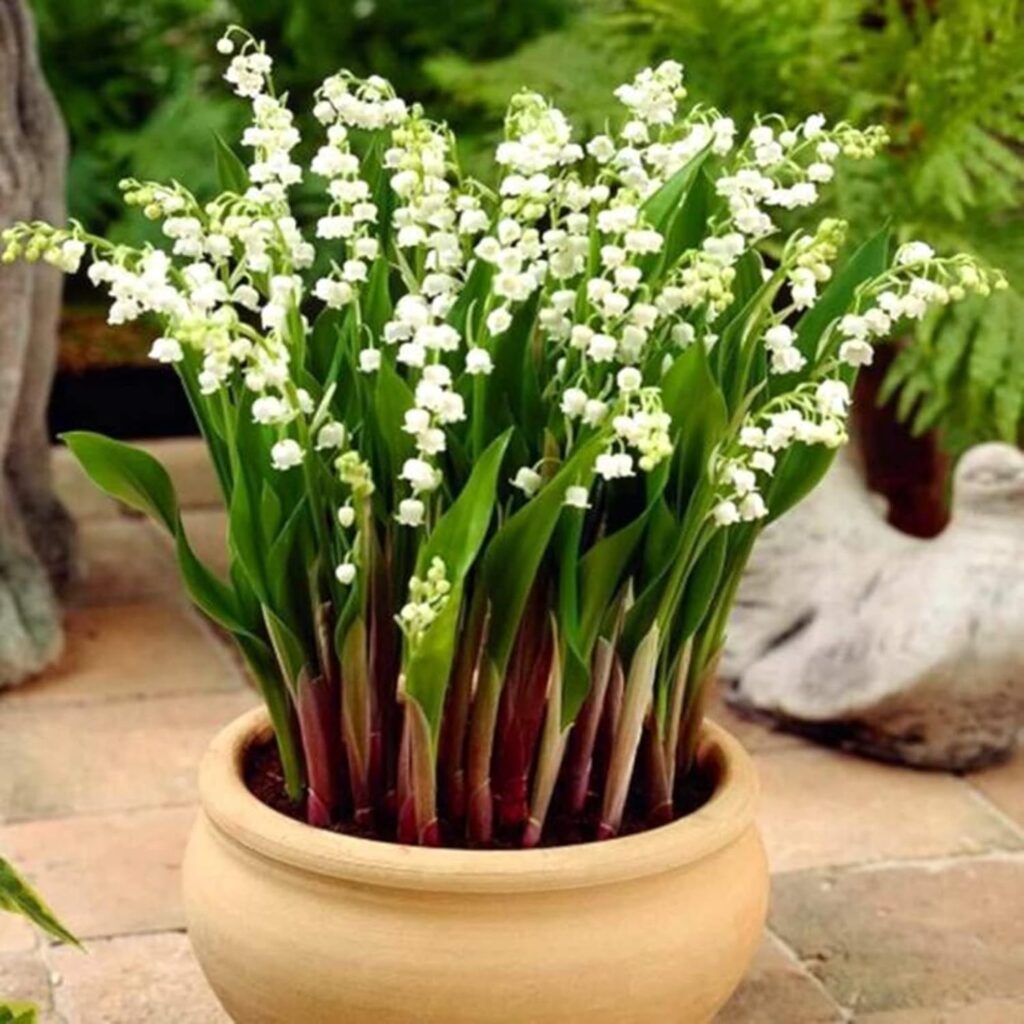
Here’s how you can care for this fragrant houseplant:
- Light: Bright, indirect light is ideal for Lilly of the Valley.
- Water: Keep the soil consistently moist but not soggy.
- Temperature: Maintain a cool indoor temperature, around 60-70°F (15-21°C).
- Humidity: These plants prefer high humidity levels, so consider using a humidifier or misting them regularly.
Lilly of the Valley is one of the best smelling house plants.
Gardenias (Gardenia jasminoides):
Gardenias are renowned for their stunning white blossoms and intoxicating scent. Their fragrance is often described as a mix of jasmine and roses. Cultivating a gardenia plant indoors requires some special care:
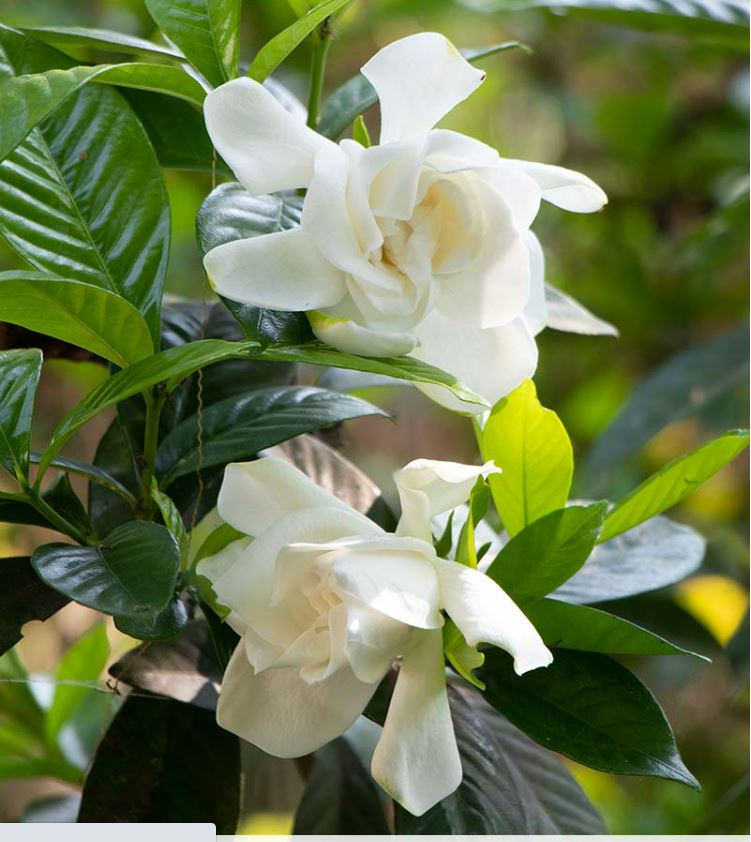
- Light: Gardenias thrive in bright, indirect sunlight.
- Water: Keep the soil evenly moist but avoid overwatering to prevent root rot.
- Temperature: Maintain a warm indoor environment, ideally between 65-70°F (18-21°C).
- Humidity: Gardenias demand high humidity levels; use a humidity tray or mist them frequently.
Plumeria (Plumeria spp.)
Plumeria are famous for their tropical, exotic aroma, often associated with Hawaiian leis. The scent is sweet and floral, making it a fantastic choice for indoor cultivation.
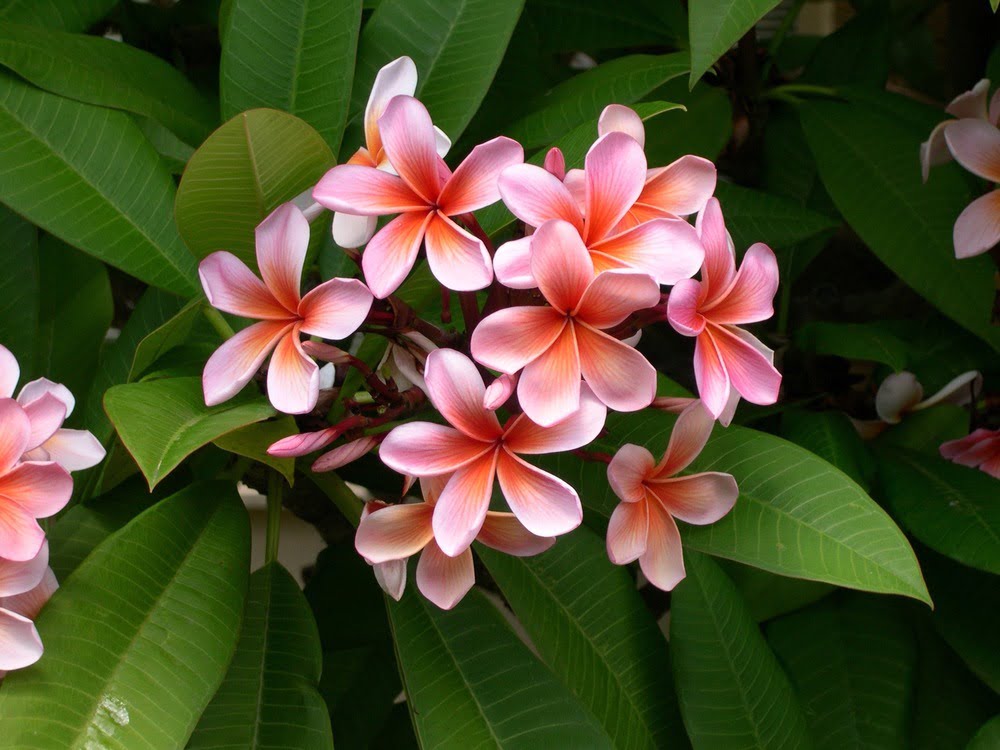
Here are some care tips:
- Light: Plumerias love full sunlight, so place them near a south-facing window.
- Water: Water sparingly, allowing the soil to dry out between waterings.
- Temperature: They prefer warm temperatures, around 70-80°F (21-27°C).
- Humidity: Plumerias thrive in moderate humidity levels, so maintain a balanced environment.
Rosemary (Rosmarinus officinalis):
Rosemary is not only a popular culinary herb but also an excellent choice for aromatic houseplants. Its woody, herbaceous scent is invigorating and can improve concentration and memory.
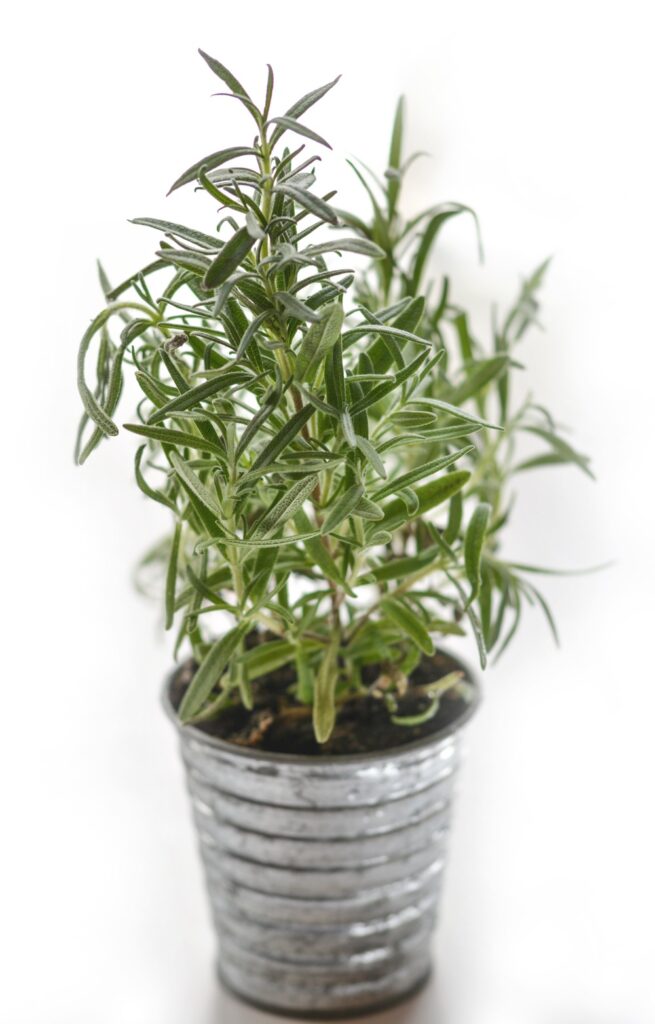
Here’s how to grow rosemary indoors:
- Light: Rosemary needs at least 6-8 hours of direct sunlight daily.
- Water: Water sparingly and allow the top inch of soil to dry out between waterings.
- Temperature: Keep them in a warm indoor environment, around 60-70°F (15-21°C).
- Humidity: Rosemary is not very demanding when it comes to humidity.
Eucalyptus
Eucalyptus is a beautiful plant that is reasonably simple to grow indoors. The energizing and revitalizing scent of eucalyptus is well known for clearing your respiratory passages.
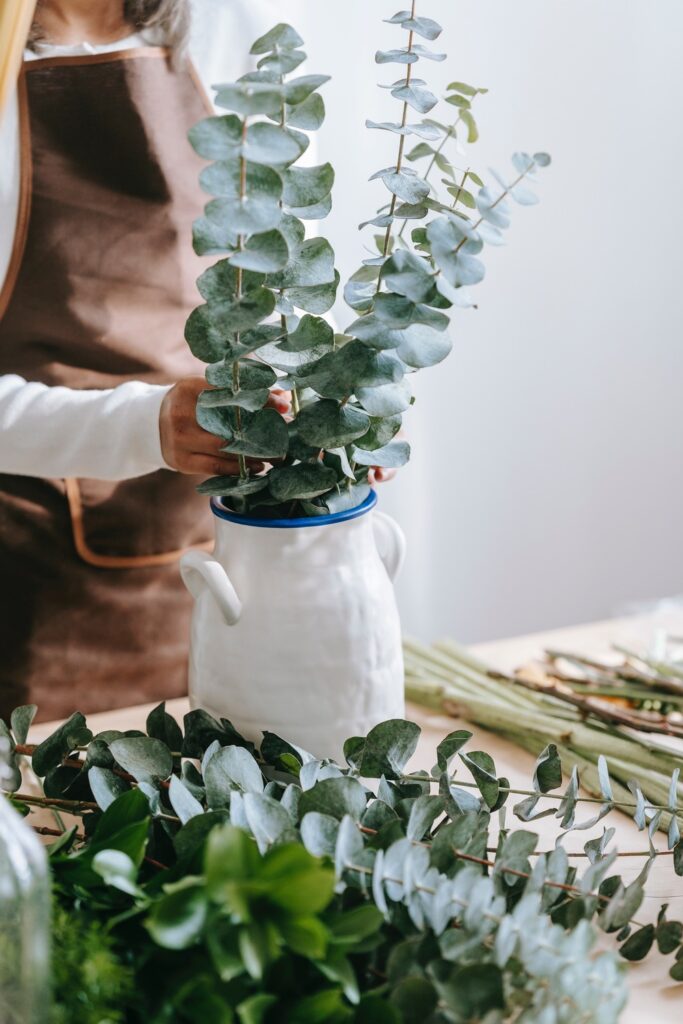
Here’s how to care for it:
- Light: Provide bright, indirect sunlight.
- Water: Keep the soil consistently moist but not waterlogged.
- Temperature: Maintain a moderate indoor temperature, around 65-75°F (18-24°C).
- Humidity: Eucalyptus prefers average humidity levels, so no special requirements are needed.
Benefits of Having Fragrant House Plants:
Now that we’ve explored these delightful fragrant house plants, let’s discuss the numerous benefits they bring to your home:
- Natural Aromatherapy: Fragrant house plants offer a natural and non-invasive way to enjoy aromatherapy, promoting relaxation, reducing stress, and enhancing mood.
- Improved Air Quality: Many of these plants also purify the air by removing toxins and releasing oxygen, contributing to a healthier indoor environment.
- Aesthetic Appeal: Fragrant house plants add beauty and elegance to your home decor, enhancing its overall visual appeal.
- Connection to Nature: They bring a touch of the outdoors inside, creating a more harmonious living space.
- Conversation Starters: These unique plants can serve as excellent conversation starters when guests visit your home.
Tips for Maintaining Fragrant House Plants
To ensure your fragrant house plants thrive and continue to fill your home with delightful scents, consider the following care tips:
- Regular Pruning: Trim your plants as needed to maintain their shape and encourage new growth.
- Fertilize Wisely: Use a balanced, water-soluble fertilizer during the growing season to provide essential nutrients.
- Repot When Necessary: If your plant outgrows its container or becomes root-bound, consider repotting it into a slightly larger pot.
- Pest Control: Keep an eye out for pests like aphids or mealybugs and address them promptly to prevent damage
Transforming your home into a fragrant oasis is easy with the right houseplants. The Lilly of the Valley, Gardenias, Plumeria, Rosemary, and Eucalyptus are excellent choices for infusing your living space with captivating scents and are best Smelling House Plants. Not only do these plants provide aromatic benefits, but they also enhance your home’s aesthetic appeal and air quality.
Also Read
